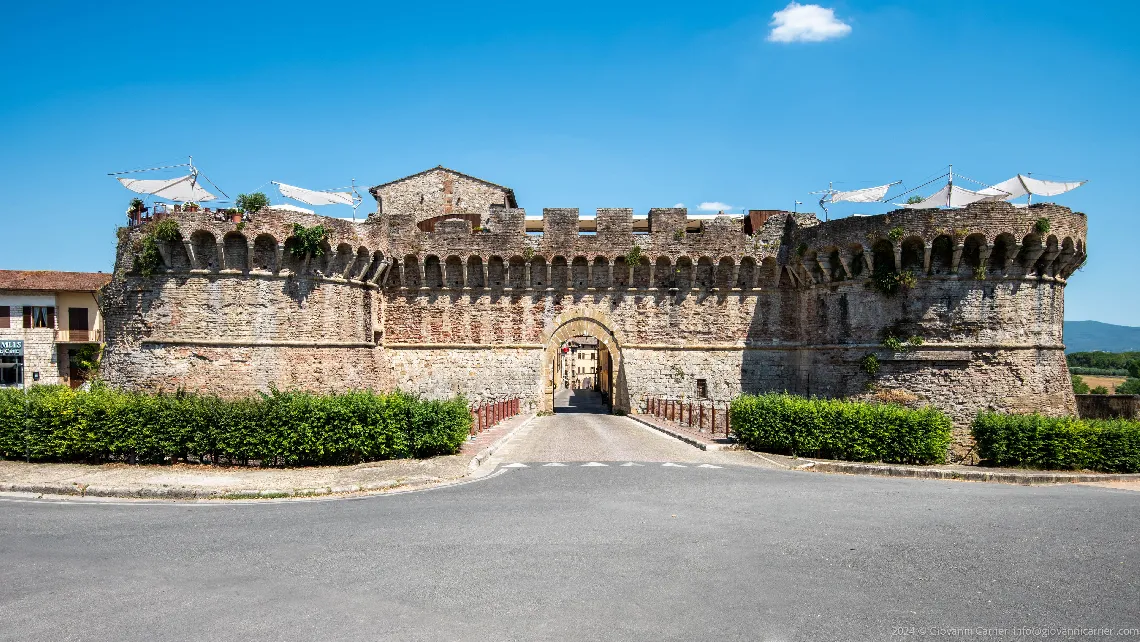Last 5 photo published

The historic centre of Colle Val d'Elsa
54

Colle Alta di Colle Val d'Elsa
80

2024
20/07
Italy
Tuscany
Colle di Val d Elsa
Exif: NIKON D810, 16.0-35.0 mm f/4.0 @ 8/1 1/2000, ISO 64
Campana building
47

2024
20/07
Italy
Tuscany
Colle di Val d Elsa
Exif: NIKON D810, 16.0-35.0 mm f/4.0 @ 8/1 1/1600, ISO 64
Porta Nuova di Colle di Val d'Elsa
59

Panoramic view of Montalcino
50

